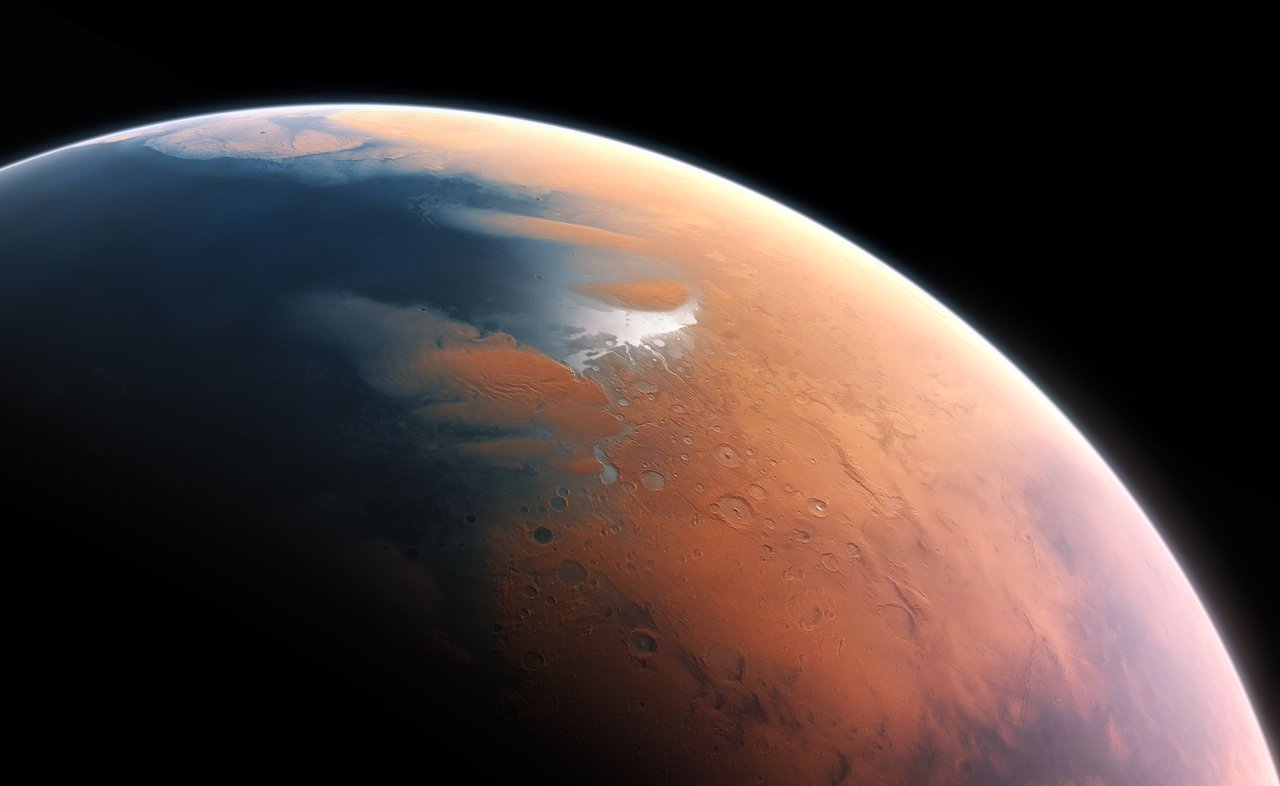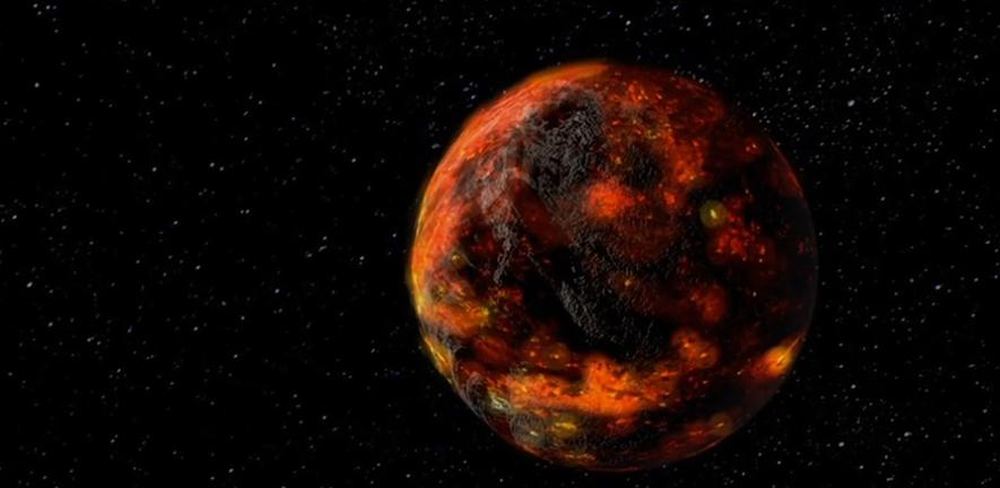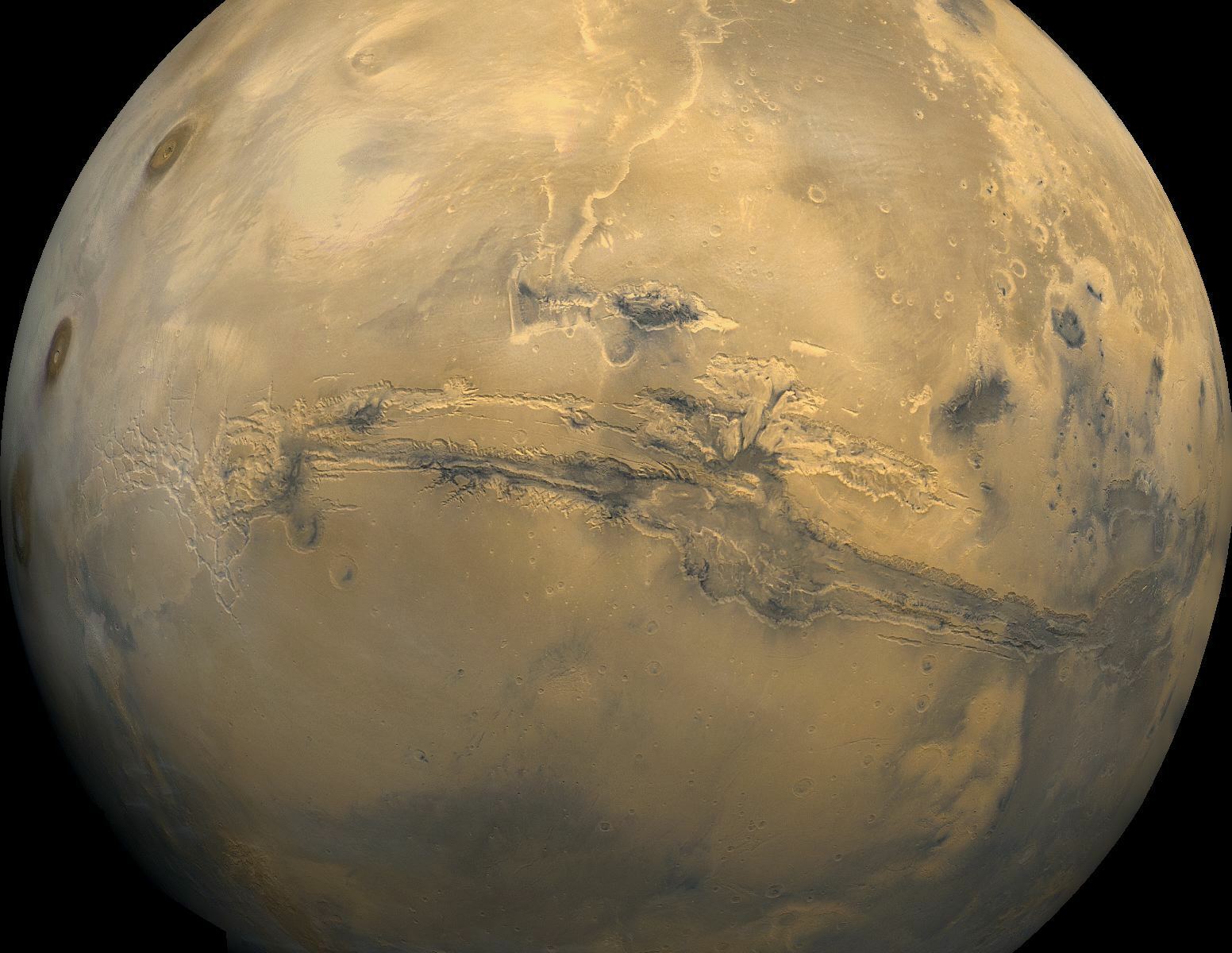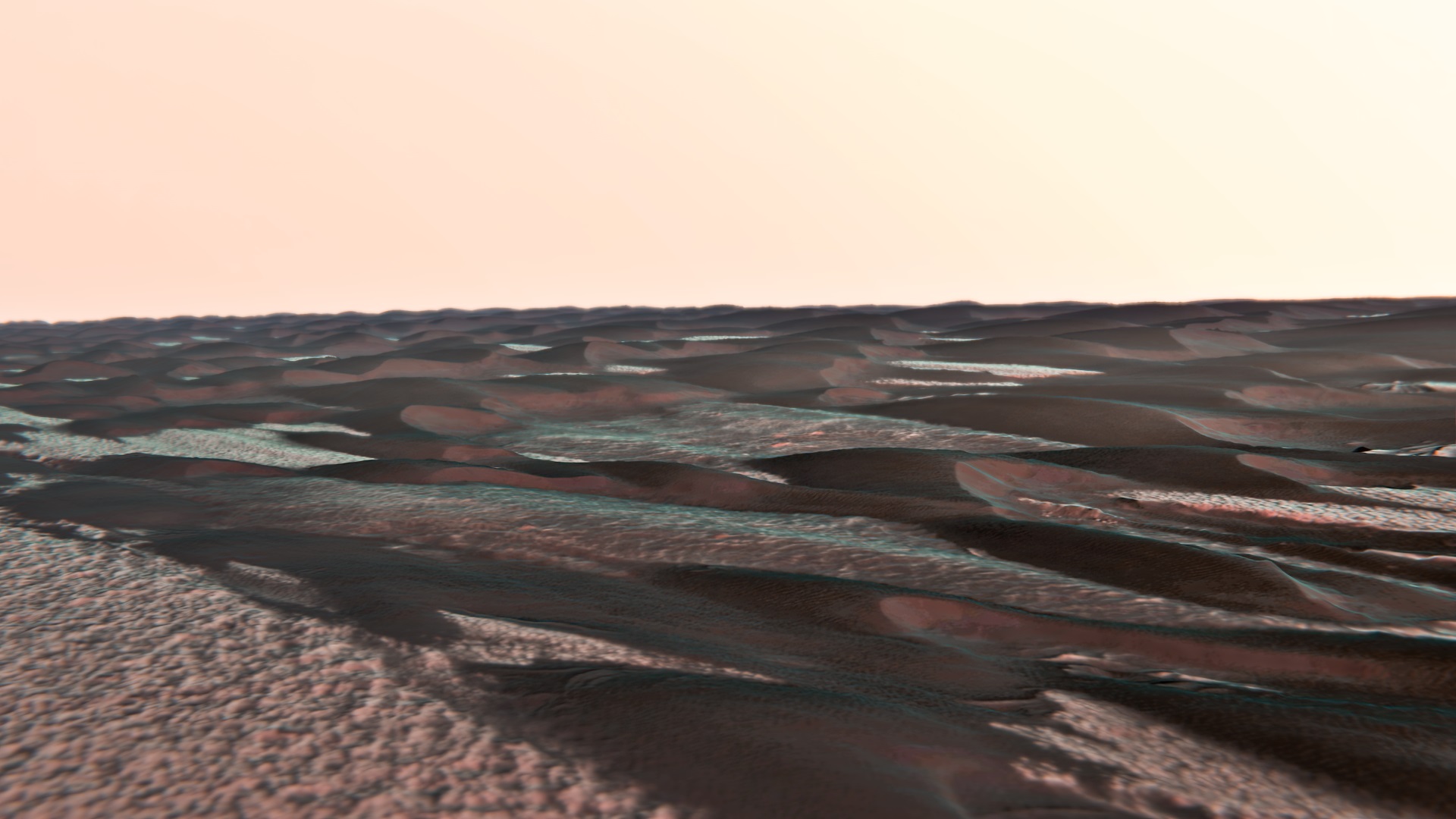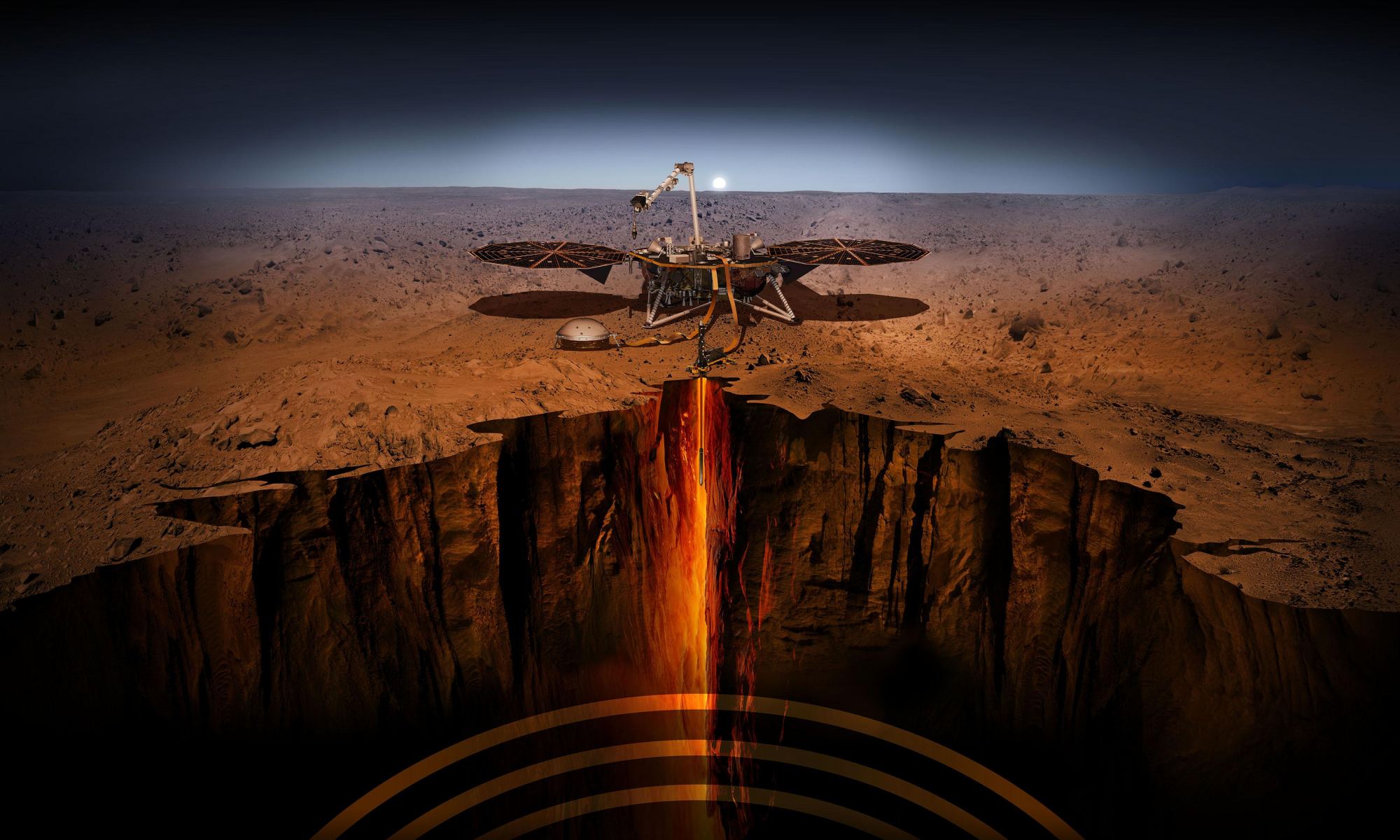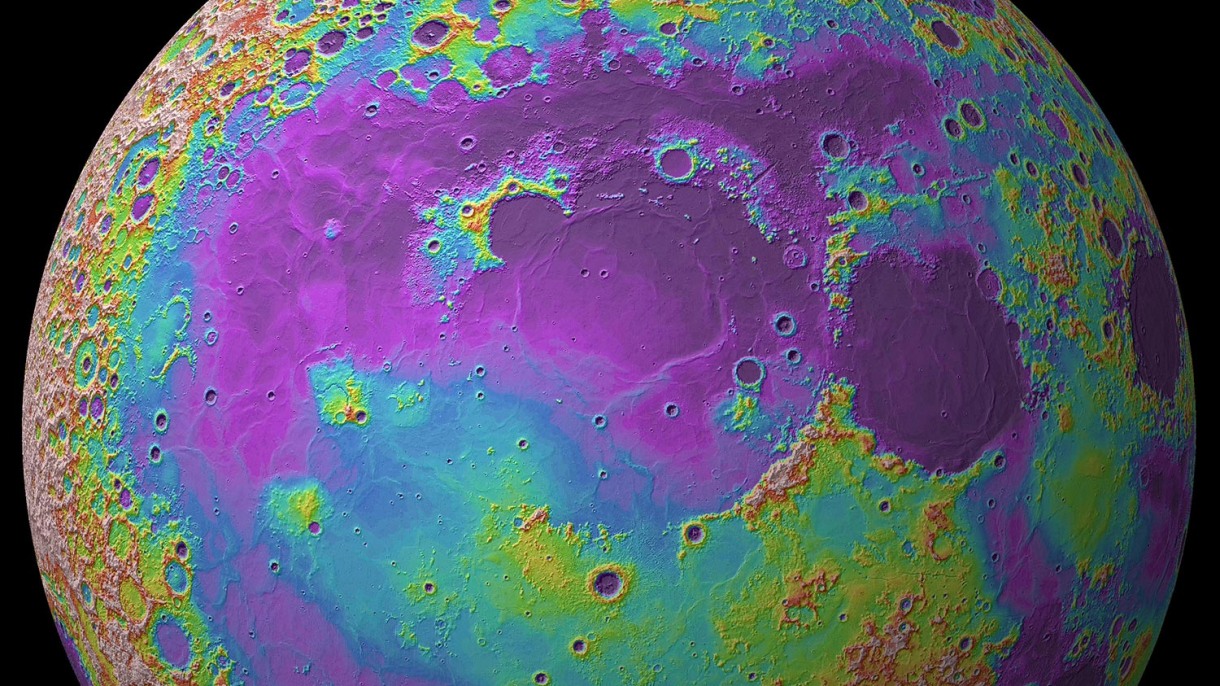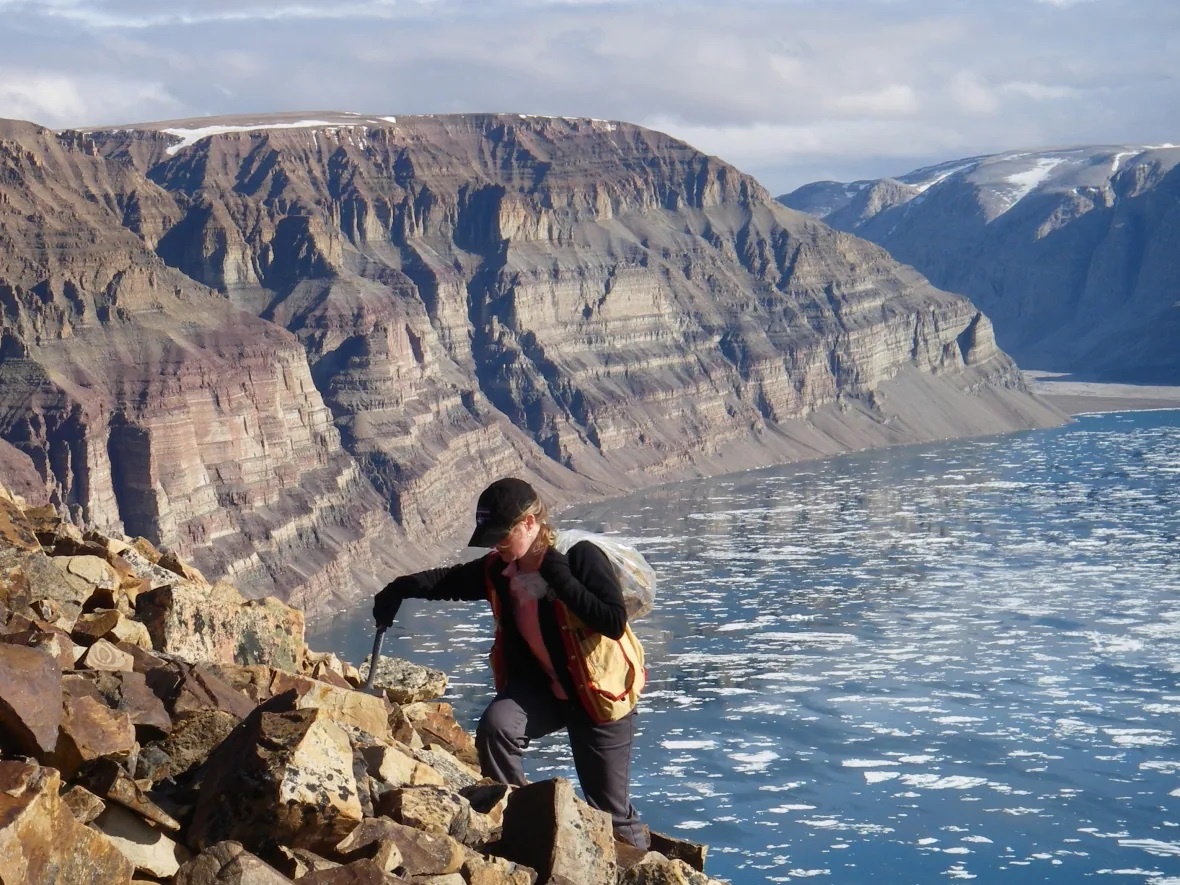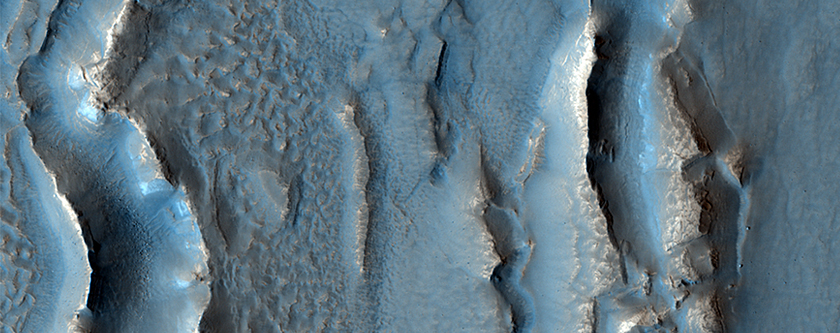Researchers at Australia’s Curtin University have discovered evidence of a massive impact on the Martian surface after 4.45 billion years ago. This may not seem like a surprising revelation – after all, we know that there were several large impacts on Mars, like Hellas and Argyre, and we know that large impacts happened frequently in the early solar system – so why is this a big deal?
Continue reading “A Mars Meteorite Shows Evidence of a Massive Impact Billions of Years ago”A Mars Meteorite Shows Evidence of a Massive Impact Billions of Years ago
